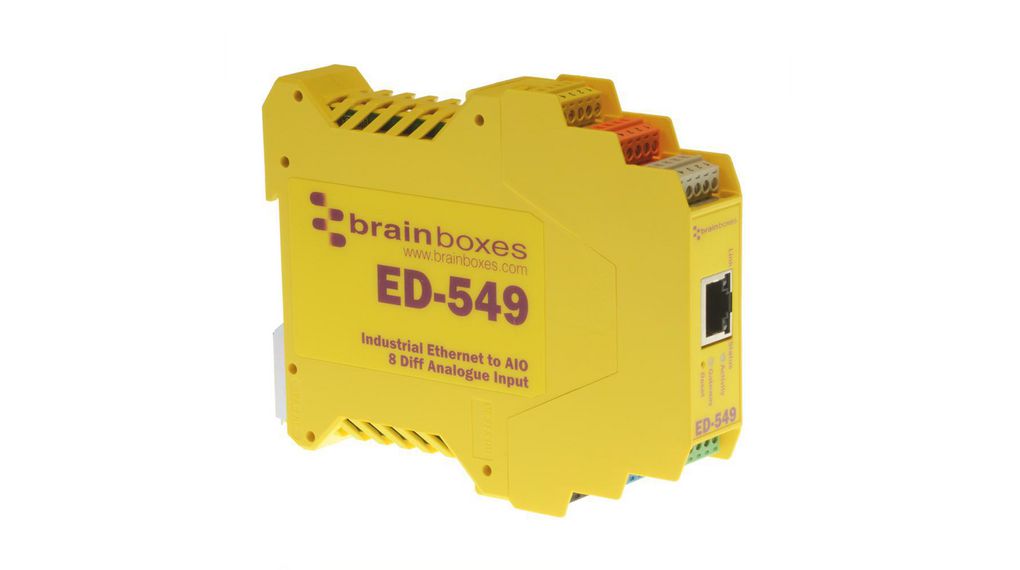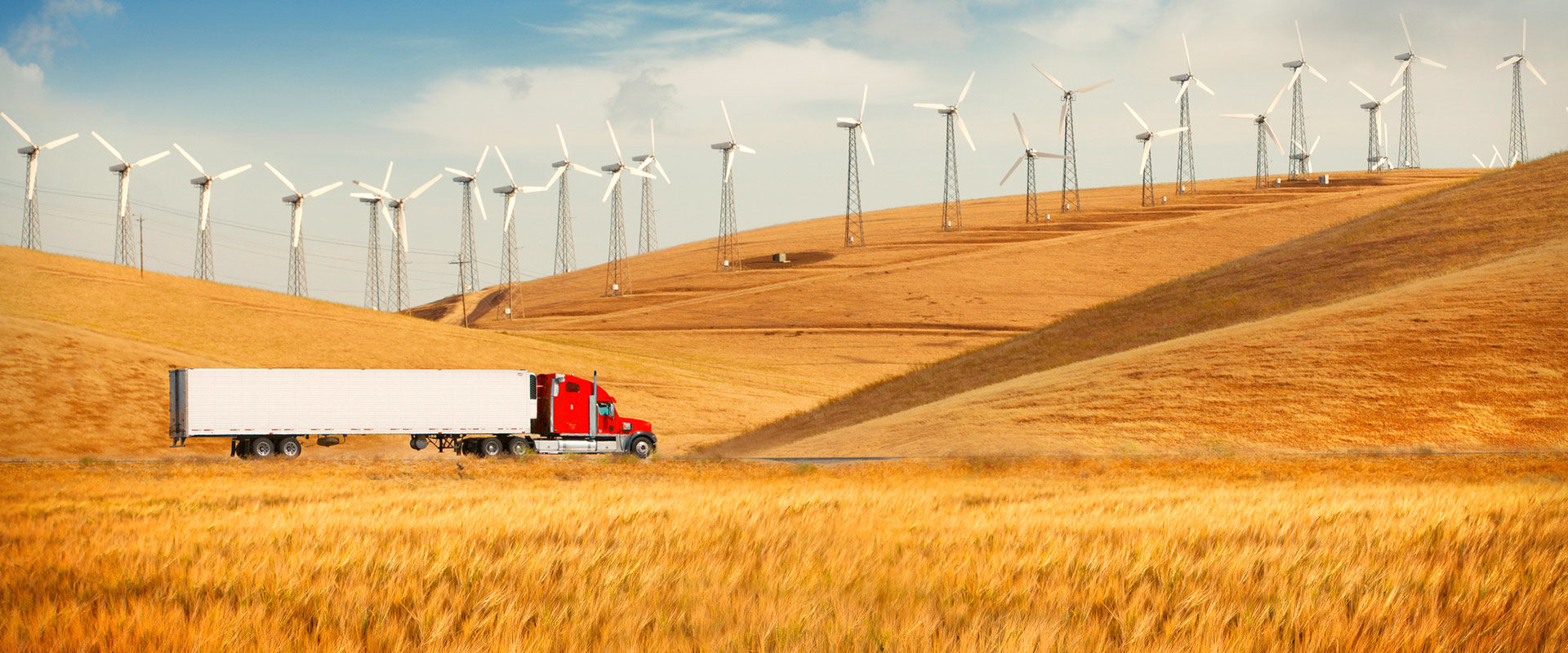Transport systems are the most important part of efficient agriculture. The main role of transport is to deliver agricultural products from farms to markets and to cities worldwide. Correct logistics is the key to managing the assets or goods from the point of origin to the consumers. Moreover, the national well-being depends on transport, but what if delivering products stops and supply chain issues appear?
To transfer any agricultural commodities, whether conventional or mechanised, agricultural transport is necessary. In many parts of the world, farmers and producers live far from the places where their products are distributed. This means that many of the supplies have to be transported to collection locations, whether for storage or sale. Road transportation plays a crucial role in bridging the gap between rural farming areas, processing facilities in industrial regions, and ultimately, the urban consumers and businesses, facilitating efficient crop distribution.
The future of logistics and farm transportation should pivot towards technology and innovation, focusing on sustainability and efficient transport. The issue of most concern is being not prepared for these changes. The transportation sector must embrace novelty, as it significantly impacts the environment, and with the advent of new technologies, it’s possible to lessen this impact.
Why is Transportation Important to Agriculture?
Transport allows farmers to invest more, increase production, and reach international markets. Without agricultural transport, expanding business becomes impossible, as everything needs to be transported, sent, or carried to finally reach the customer. Moreover, large quantities could be wasted if there is no efficient farm to market transport, leading to deterioration in quality. Indeed, a lot of the farmers’ reputations and their businesses depend on how crops are transported.
Both the quality of products and the quality of transport are crucial for the buyer’s satisfaction. What is important is that agricultural products differ from industrial items. The majority of agricultural goods are consumable, bulky, and perishable. The packaging and perishable goods transport must prevent the farm produce from being bruised while in transit. Harvesting, threshing, winnowing, bagging, processing, and storage are all steps in the process of gathering a harvest, each requiring meticulous quality control to ensure transportation quality is as crucial as its availability.

Certain goods may be inexpensive to produce, but shipping them from distant places or other countries can be costly, which in turn drives up the retail price. To maximise profits and reduce transportation costs, farmers must focus on cost savings and enhancing agricultural exports. If produce cannot be exported or delivered to international clients, a plentiful harvest raises concerns. To meet customer expectations, commodities must be delivered to their location on schedule and at a reasonable price.
The Most Common Form of Transportation in Agriculture
In agriculture, transportation plays a crucial role in moving products from farms to markets and processors, involving primary types such as road transport and the waterway system. Barges, trucks, trains, and shipping vessels are most commonly used for transportation, each playing a vital role in the agricultural supply chain.
Farm machinery hauling is essential for the growing deployment of technology in agriculture. Farmers may transfer massive agricultural machinery and equipment between locations using the specialised trailers and Class 7 and 8 heavy-duty tractors, facilitating agri-logistics and allowing agricultural operations and allied industries to expand. However, the focus is now on finding alternatives to these heavy-duty vehicles by shifting to more eco-friendly solutions, like electric tractors, and exploring cutting-edge modes of transportation that advance the modernisation of agricultural systems.
Here are three types of transportation in agriculture:
- Self-driving Tractors: Using GPS and AI, these tractors operate independently to carry out repetitive operations like planting, ploughing, and harvesting without the need for human assistance. Their precision ensures that no section of a field is ignored or overlapped, which can result in significant savings on fuel consumption, fertilisers, and seeds. In addition, the autonomous vehicles’ ability to work continuously in any weather or at any time of day optimises output and operational effectiveness, marking a leap towards transport automation in agriculture.
- Electric Vehicles (EVs) in Agriculture: The demand for efficiency and sustainability is driving the transition in agriculture towards electric vehicles, such as electric tractors and utility vehicles. As an alternative to heavy-duty tractors, eco-friendly electric tractors, which can be powered by renewable energy sources like wind or solar power, are becoming more prevalent. Farmers on hilly lands with streams can even generate electricity using water-driven turbines, showcasing a sustainable approach to agri-logistics.
- Automated Harvesting Systems: To reduce waste and improve the quality of food, these systems employ robotics and artificial intelligence to identify and harvest ripe crops at peak times. Automated harvesters, capable of working continuously, can complete harvesting operations more swiftly than human labour, surpassing its limitations. This technology, especially beneficial for labour-intensive crops that require time-consuming and costly human harvesting, is particularly helpful in agri-logistics and real-time monitoring in modern agriculture.
Other forms of farming technology include drones and robots, which we mention later on in this article.
Challenges in the Transportation Industry
Aiming to feed a predicted 10 billion people by 2050, agricultural development is one of the most effective strategies to eradicate extreme poverty and promote shared prosperity, making the agricultural sector essentially challenging. Its success significantly impacts the local economy and strengthens the agriculture supply chain.
To overcome challenges and avoid a crisis, whether it is an environmental cause or simply a lack of resources, it is important to properly manage the farm-to-market logistics. For example, when the supply chain is disrupted, it’s critical to have a logistical plan in place. Companies that respond swiftly, regardless of the cause (weather-related, union strike, damage to the warehouse, workforce shortages, etc.), will be able to continue functioning with the least amount of delay. However, this necessitates preparation in which one should participate. Entry-level warehouse workers, drivers, operations supervisors, and vice presidents are important in the planning sessions.
In addition to the obvious challenges of any raw supplies, such as ensuring product quality and delivering products in a timely and satisfactory condition, there are other important aspects. A lot has to change as digital disruption and innovation become essential aspects of many firms’ overall strategy. In fast-moving agriculture, being open to new technologies can help make a strategy for the time when a crisis occurs and predict and prepare for any periods of inconvenience. To maximise the value of any digital investment made by an organisation, the role of supply chain and logistics must improve, and advanced technologies must be implemented.
Growth of Technology: Smart Agriculture
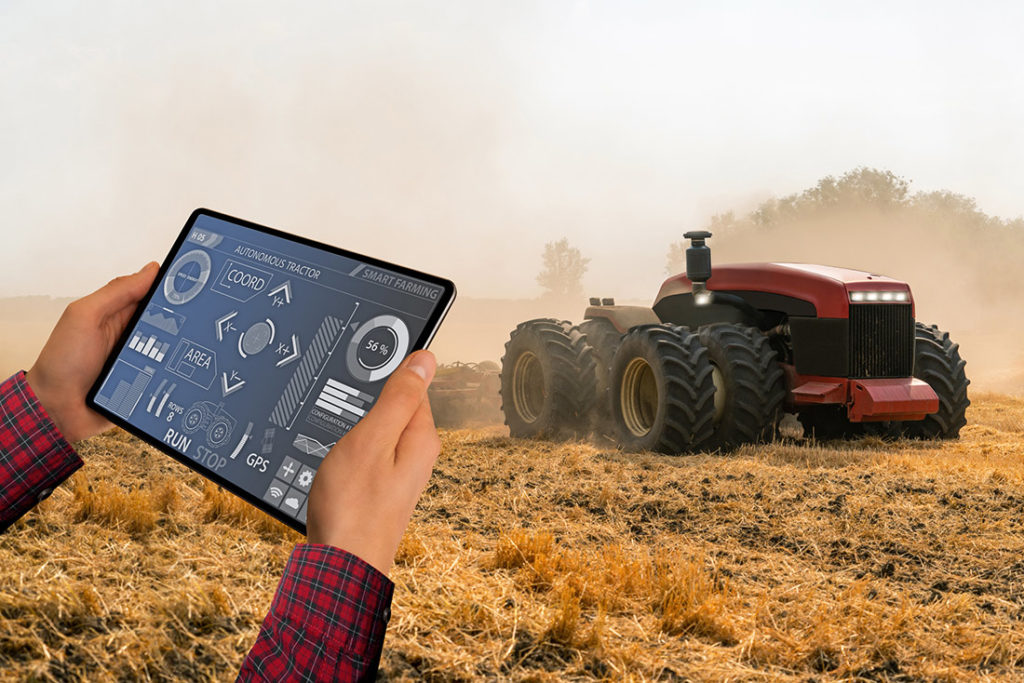
The development of technology and its use in “smart agriculture” is a revolution in food production that will significantly impact productivity, sustainability, and food security. The technological future opens up for smart agriculture, where farms and agricultural operations are operated in a new manner, focused on technological improvements such as Internet of Things (IoT) sensors, artificial intelligence (AI), robotics, and real-time monitoring. Drones, data analytics, and information technology, used in smart agriculture to maximise every facet of farming, from planting seeds to harvesting crops, overpass traditional farming practices. For more information on the latest agri-tech trends, check out our article.
Agricultural IoT
IoT has risen in popularity in recent years (by 2030, there will be over 29 billion IoT devices globally), with smart devices becoming more common and able to share information with one another. In terms of the market for IoT in agriculture, it is expected to increase from its estimated $27.1 billion in 2021 to $84.5 billion in 2031, with a compound annual growth rate (CAGR) of 12.6% between 2022 and 2031.
Therefore, either for big transport businesses or small developing companies, technology in transport can significantly help improve this industry. To succeed, it is important to be open to innovations, such as IoT-powered GPS tracking devices or IoT sensors which enable logistics companies to monitor their fleet and deliver information about the condition of transported goods. IoT also helps to navigate supply chain issues by providing real-time data on asset location and performance.
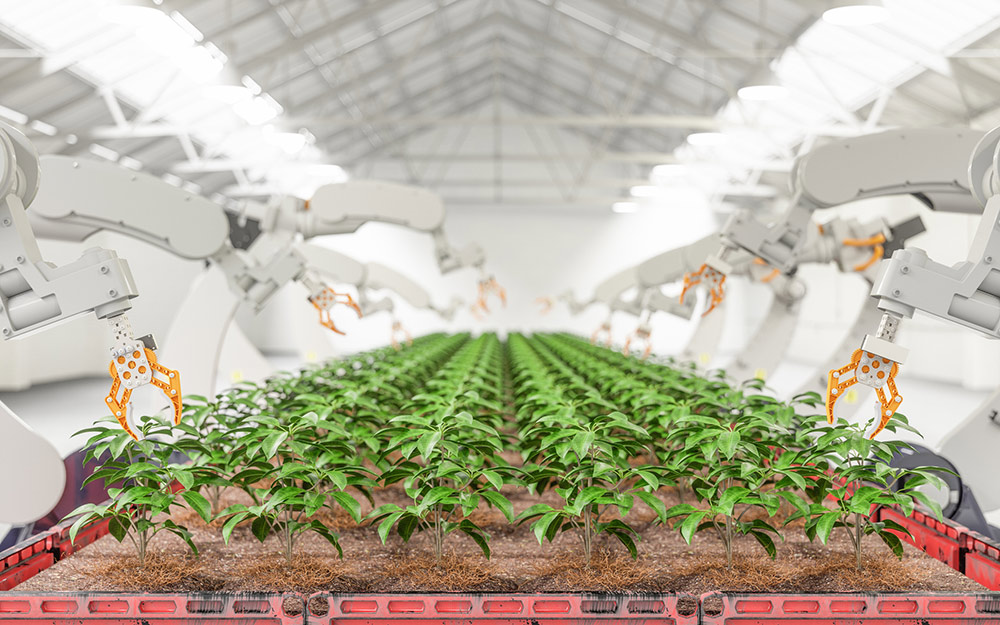
Automated Transport Systems
In the past, most of the production was conducted manually; now, the development of automation, AI and robots is replacing the labour shortages. Robots are growing in importance in the logistics sector to help with the transportation of goods. Various transport companies are looking to utilise industrial robots by making their automotive warehouses more open for technological capabilities. This makes it possible for precision agriculture, which maximises crop yields and minimises waste by applying resources precisely where and when they are needed. Automated transport systems can also optimise the agricultural value chain, guaranteeing quicker and more dependable produce delivery from the farm to the market, reducing spoilage and increasing profitability.
Big Data in Agriculture
Big data has huge potential to develop the supply chain and is important in transforming the agriculture industry. Distributors can use data to source inputs and position themselves for maximum market advantage. Manufacturers can improve their means of production and better target their customer base thanks to predictive analytics and the advanced connectivity of a global agriculture network.
Big data can effectively support diverse precision agriculture functions and assist in the extraction of information and insights from data in order to process important farming decisions and difficulties.
Alahmad, T.; Neményi, M.; Nyéki, A. “Applying IoT Sensors and Big Data to Improve Precision Crop Production: A Review”, Agronomy 2023
Big data makes the entire supply chain more competitive and profitable, but the benefits are not limited to the top tier. Farmers can benefit from more knowledge and accurate counsel, and consumers can benefit from greater choice and better quality. Tighter standards and traceability, enabled by data connectivity in Industrial Internet of Things (IIoT) applications, raise supply chain margins while also improving quality to match the needs of local and international buyers.
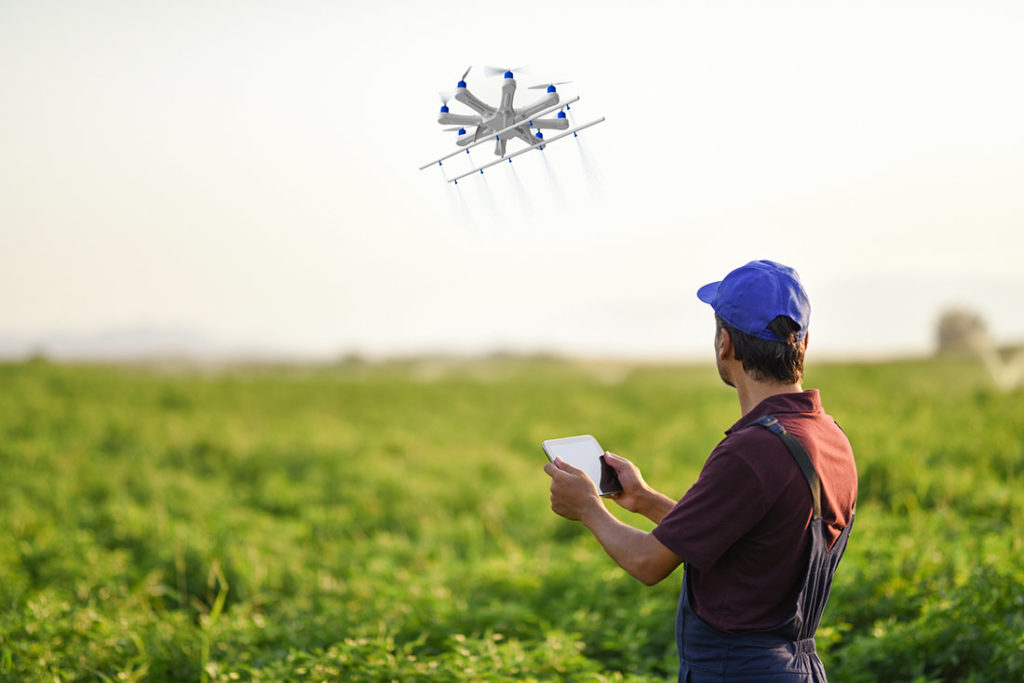
Drones and Transport Network
New technologies are already upending farming’s established standards, with previously unaffordable devices now being widely used on farms around the world. With the help of technology, transportation is also developing. One solution is Siemens’ concept of e-Highway, to help trucks supply heavy load cars with electricity to drive long distances without stopping at charging stations.
Furthermore, thanks to recent developments in sensor technology, farmers can use ‘scout drones’ or unmanned aerial vehicles (UAVs) to survey the land for pests or dry regions that need special attention. By providing precise aerial views, similar to multispectral imaging, they enable farmers to make well-informed decisions about resource allocation by showing aspects of plant health that are not visible to the human eye.
Improving Agricultural Logistics
With the rise of e-commerce, transportation providers must operate more efficiently and quickly to meet increasing consumer demand. They must process an individual’s orders as promptly as possible. This is a sector that has taken the industry by surprise. Many logistics companies are still adjusting to the new circumstances. But to stay in the market, it is important to use new technologies as they become more and more popular. Farms will be more profitable, efficient, safe, by developing sustainable agriculture based on advanced devices, precision farming, and robotic systems.
To satisfy recipients’ needs, it is important to stay up-to-date with technologies as it is an easier and more sustainable way to reach many of them. Many customers expect now that they will be able to track the progress of receiving the ordered products. Because of the ever-increasing amount of data available, consumers want to choose a company that meets their exact needs and a more visible, innovation-driven supply chain.
Recommended products
SenseCAP LoRaWAN Gateway, 915MHz, IP66, Seeed Studio
Smart agriculture, precision farming, and smart cities are just a few of the wireless environmental sensing applications that SenseCAP is concentrating on as part of the first introduction of the Seeed industrial IoT (IIoT) product series. It consists of software services (SenseCAP portal, mobile app, open dashboard, etc.), hardware solutions (sensors, data loggers, gateways, etc.), and APIs for device and data administration.
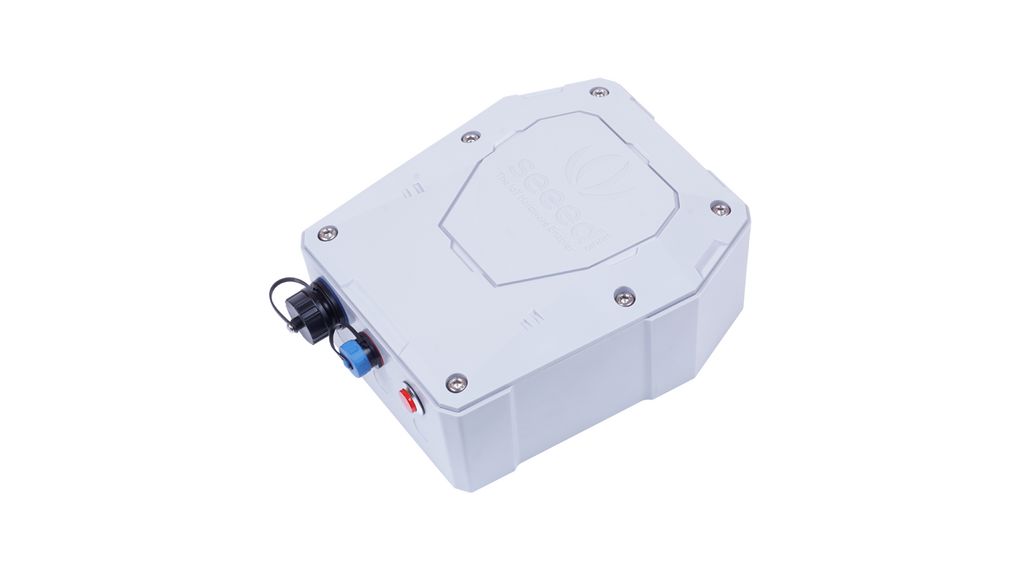
Photoelectric and Capacitive Sensors, Carlo Gavazzi
Carlo Gavazzi specialised in developing control systems and monitoring tools for the agriculture sector. Its feeding system sensors include photoelectric sensors that ensure longevity and optimal performance in these harsh conditions, as well as capacitive sensors that monitor seed and grain levels and the refilling process.
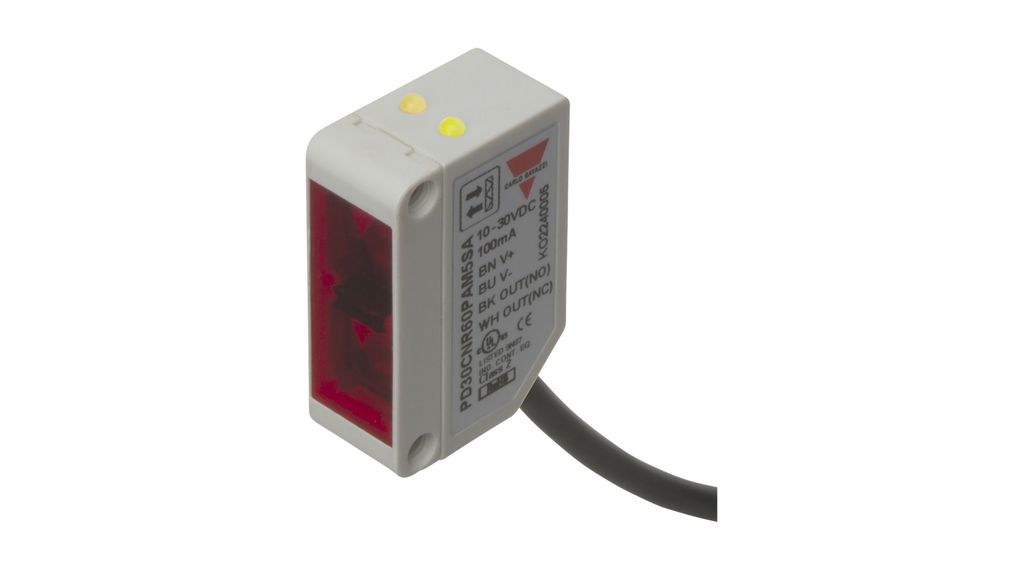
Vehicle 4G LTE Cellular Wireless Gateway, PLANET Technology Corporation
The PLANET VCG-1500WG-LTE is a compact 4G/LTE embedded router supporting various network bands including FDD, TDD, WCDMA, Edge, and GSM. It offers peak download speeds up to 100 Mbps and features enhanced failover to 3G in unstable LTE conditions. It is ideal for providing Wi-Fi in buses, taxis, public transport, and bullet trains.
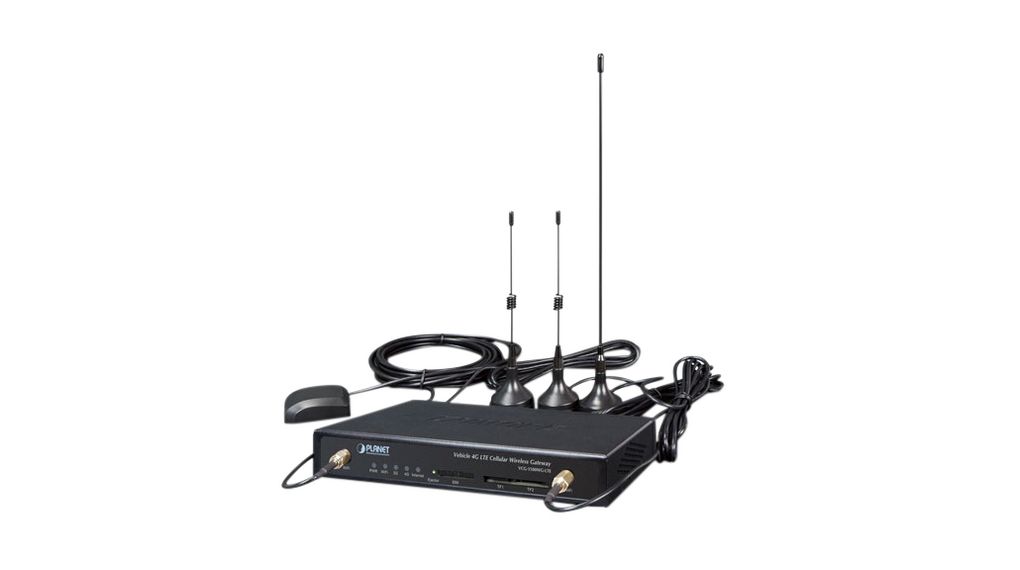
I/O Modules, Brainboxes
Offering stable and durable connectivity choices, Brainboxes, an IoT expert, facilitates seamless data flow across agricultural IoT equipment. By obtaining precise and fast information, farmers can manage their farms more profitably thanks to the constant data flow that their solutions guarantee.
